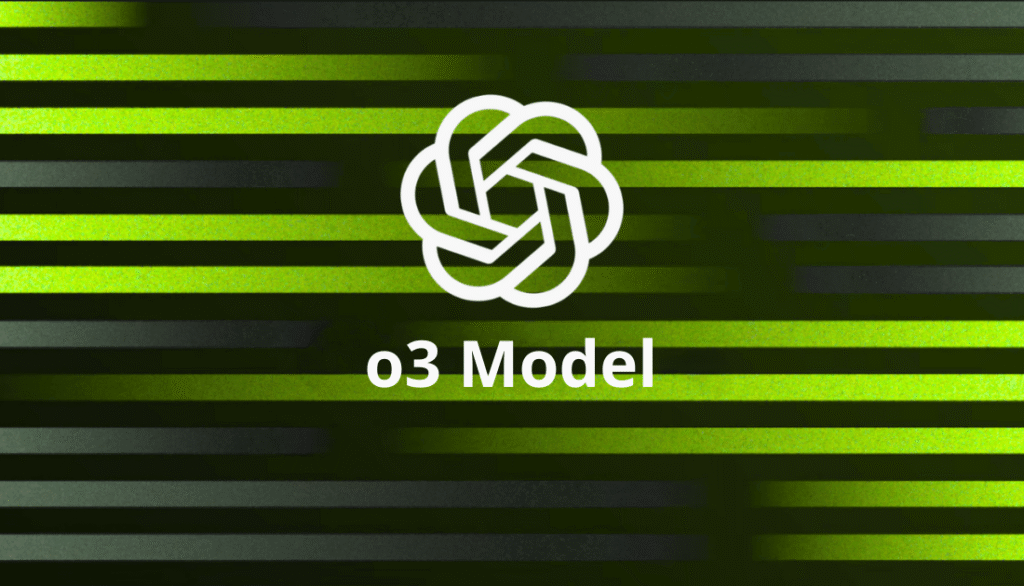OpenAI has announced a major update to Operator, its autonomous AI agent designed to perform digital tasks such as browsing the web and interacting with software.
Highlights
The system is now powered by a more advanced model based on OpenAI’s new o3 architecture, which is part of the company’s evolving “o series” focused on enhancing reasoning, task reliability, and safe autonomy.
Smarter Autonomy
The transition from a GPT-4o-based system to the o3 model marks a notable enhancement in Operator’s capabilities, particularly in logic, mathematical problem-solving, and decision-making without direct human input.
While GPT-4o was customized for Operator’s agentic workflow, the o3 variant extends these features with improved reliability and safety frameworks.
According to OpenAI, the upgraded Operator can autonomously complete a wide range of digital tasks on a cloud-hosted virtual machine. This includes navigating websites, filling out online forms, and using applications—without requiring step-by-step guidance from users.
“We are replacing the existing GPT-4o-based model for Operator with a version based on OpenAI o3,” the company noted in an official blog post.
The API version of Operator will continue using GPT-4o for the time being, indicating a gradual transition prioritizing real-world, live-agent use cases.
Competition Within Agentic AI
This upgrade comes during a industry shift toward dynamic, agent-based AI. Other companies are exploring similar paths: Google has introduced a “computer use” agent in its Gemini platform, and Anthropic is expanding agentic capabilities within its Claude models.
These developments reflect a growing focus on AI systems that go beyond static responses to perform real-time, task-oriented actions.
Reinforcing Trust Through Safety and Reliability
As AI agents operate with increasing autonomy, OpenAI has placed greater emphasis on safety. The o3-based Operator model has been trained on additional safety data tailored to digital task scenarios, focusing on ethical decision-making, refusal behavior, and safe browsing protocols.
A technical report released alongside the update highlights these advancements. Compared to its predecessor, o3 Operator is more resistant to prompt injection attacks, more consistent in rejecting requests involving sensitive or unsafe actions, and better calibrated for security-conscious environments.
Interestingly, although the o3 model maintains strong coding skills, Operator does not have direct access to a code execution environment or terminal—likely a precaution to limit misuse while retaining its utility for automation.
The o3 Model
Visual Reasoning
The o3 model introduces sophisticated visual reasoning capabilities, enabling it to interpret and respond to visual inputs such as diagrams, sketches, and screenshots. This enhancement allows it to solve tasks requiring both visual and textual understanding—an essential skill for software agents.
Benchmark Performance
OpenAI’s o3 model has demonstrated strong results across several evaluation benchmarks:
- Mathematics: 96.7% accuracy on the American Invitational Mathematics Examination (AIME)
- Science: 87.7% on the GPQA Diamond benchmark (graduate-level scientific understanding)
- Coding: An Elo rating of 2727 on Codeforces, indicating high-level competitive programming proficiency
- Abstract Reasoning: 87.5% on the ARC-AGI benchmark (high-compute settings), nearing human-level performance
Advanced Safety Mechanisms
To mitigate the risks of autonomous operation, o3 introduces a “private chain of thought” system. This internal deliberation feature allows the model to process and evaluate a task before responding, lowering the likelihood of unintended or unsafe actions.
Cost-Performance Efficiency
To support different use cases, OpenAI has also launched o3-mini, a lightweight version of the model. It allows users to configure “reasoning effort” levels—balancing output quality and resource usage.
This makes the model more adaptable for various deployment environments, especially those with limited computational resources.


